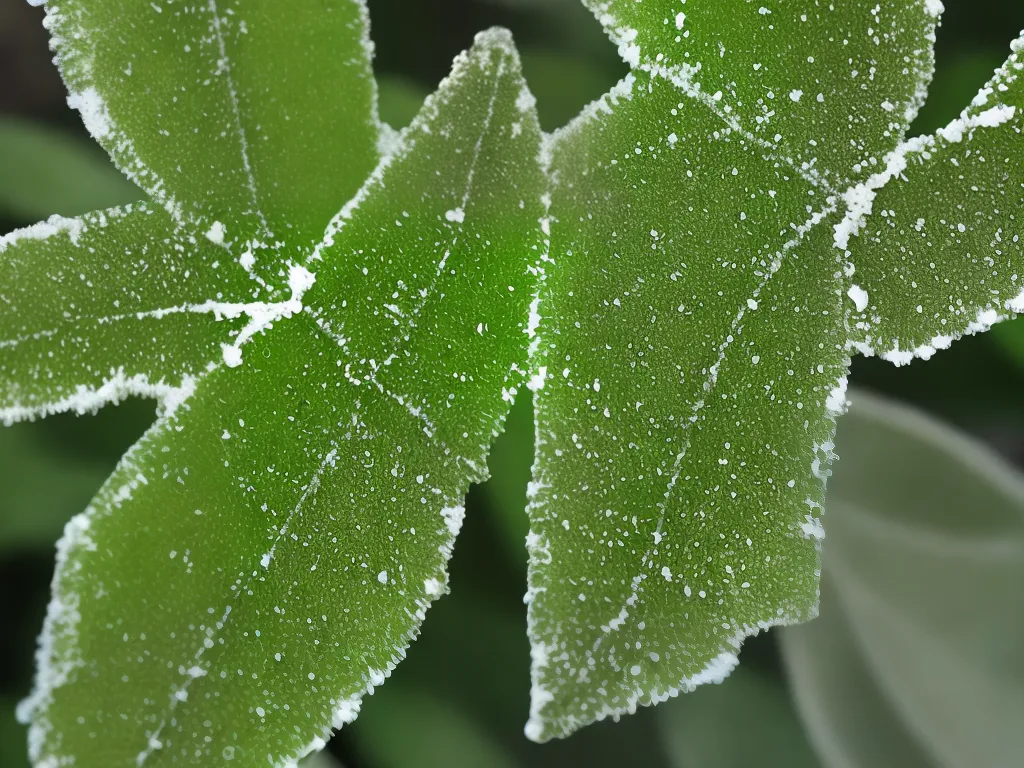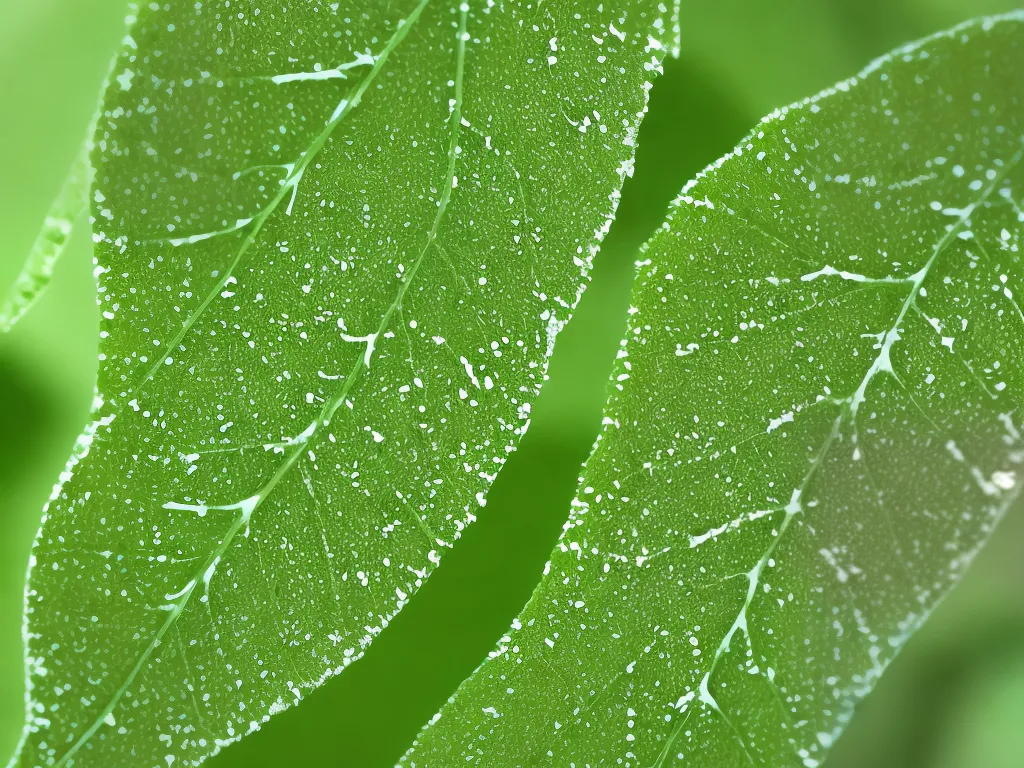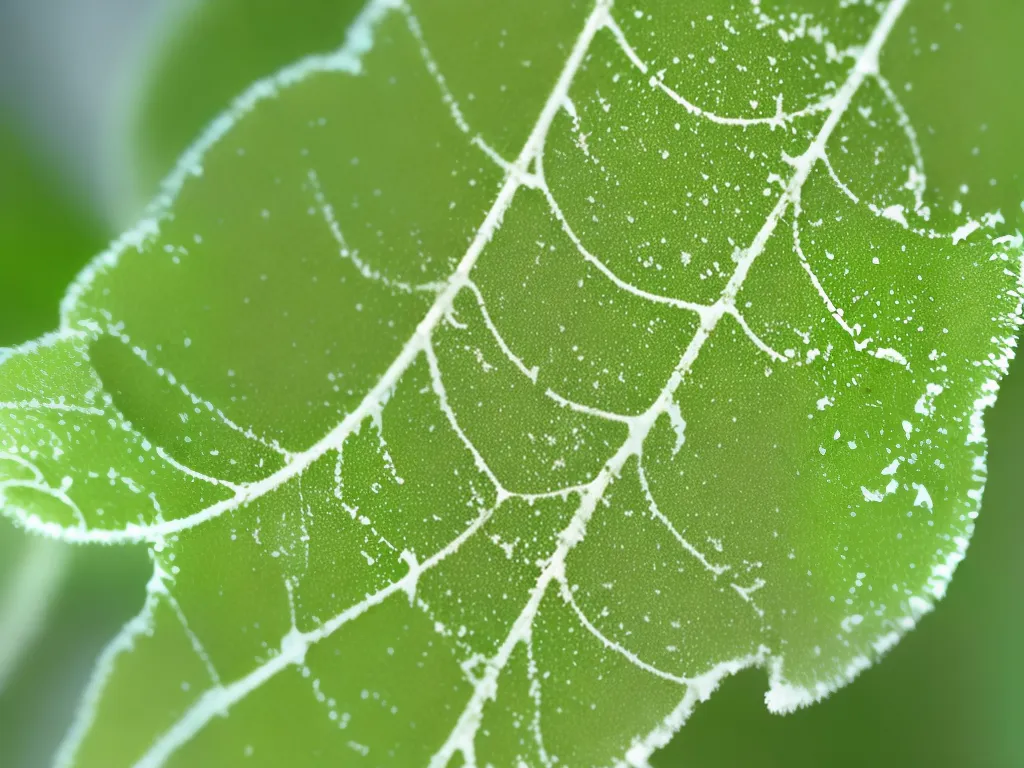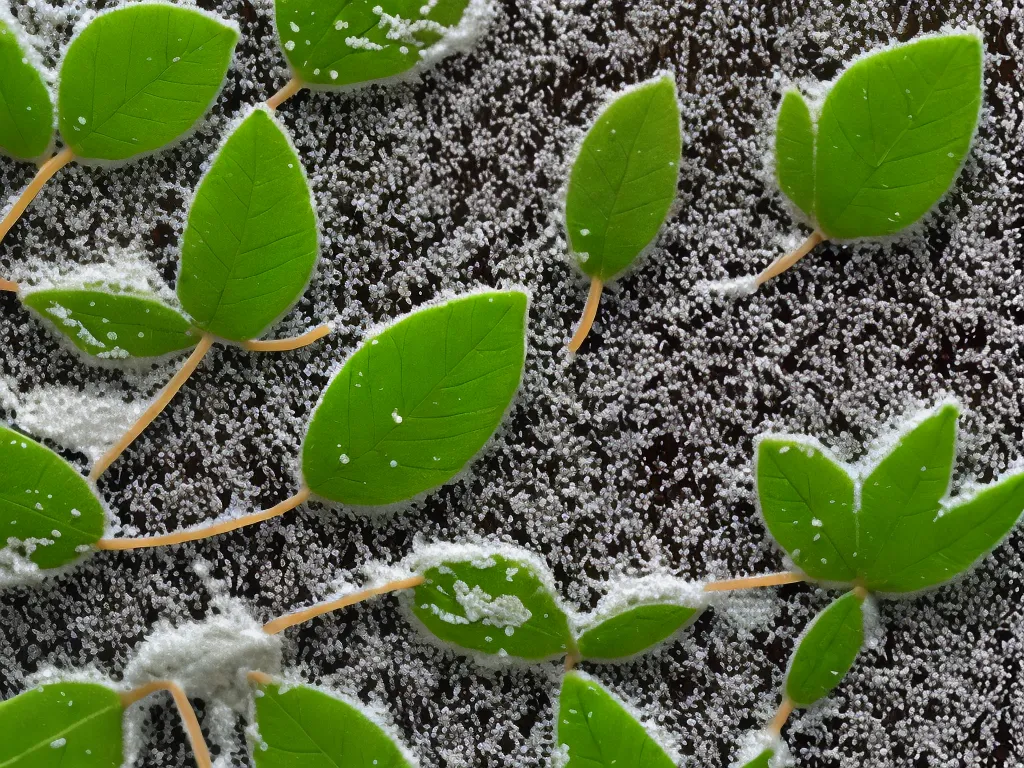Table of contents
蛤蚧是观赏植物和果树最常见的害虫之一,如果不及时防治,会对植物造成严重损害。 本文将介绍有效防治这种害虫的实用技巧。 如何识别蛤蚧? 有哪些症状表明其存在? 有哪些可用的治疗方案? 这些是一些的问题,该文旨在帮助读者保护其植物并避免损失。

对抗蚧壳虫:实用技巧》摘要:
- 蛤蚧是观赏性植物和果树的一种常见害虫。
- 这种害虫以植物汁液为食,可造成严重损害。
- 为了对付它,重要的是尽早发现害虫的存在。
- 识别蚧壳虫的一个方法是观察植物的叶子和茎上是否有白色的、带粉的物质。
- 为了消除害虫,可以使用特定的化学产品或自制的解决方案,如用中性肥皂水或异丙醇稀释在水中。
- 保持植物的健康和良好的护理也很重要,要充分施肥和浇水。
- 如果虫害非常大,可能需要修剪植物的受影响部分,甚至丢弃它。
- 为了防止新的侵扰,建议保持生长区的清洁和没有有机废物。
- 此外,重要的是避免被害植物和健康植物之间的接触,以防止害虫的传播。

什么是蚧壳虫,如何识别它?
蛤蚧是观赏植物和水果植物的常见害虫。 它以植物的汁液为食,造成重大损害,而且是疾病的传播媒介。 蛤蚧很容易识别,因为它的叶子、茎和果实上有一种白色的蛤蚧物质。
预防:如何避免植物中出现蚧壳虫
防止出现蛤蚧的最好方法是保持植物健康和良好的护理。 这包括适当的浇水、定期施肥和修剪受损部分。 此外,定期检查植物是否有虫害的迹象也很重要。
家庭补救措施:防治蛤蚧的自然替代方法
有几种家庭疗法可以帮助防治蛤蚧。 一种方法是将水与液体肥皂混合,然后涂抹在受影响的区域。 另一种方法是使用水和异丙醇的溶液。 此外,使用印楝油也可以有效。
化学品:何时以及如何使用杀虫剂来消除害虫
如果家庭疗法不起作用,可能有必要采用化学杀虫剂。 重要的是要选择特定的蛤蚧产品,并仔细遵守说明。 建议在使用过程中戴上手套和口罩,避免与皮肤接触。
移除后的护理:如何避免蚧壳虫的再次出现
清除蛤蚧后,重要的是保持植物的良好护理,以防止害虫再次出现。 这包括适当浇水、定期施肥和修剪受损部分。 此外,重要的是定期检查植物是否有虫害迹象。
如何在不同的环境中治疗被蛤蚧侵扰的植物(室内与室外)。
感染蛤蚧的植物的治疗方法可能因其所处环境而异。 对于室内植物,重要的是隔离受影响的植物,以防止害虫传播到其他植物,而对于室外植物,可能需要增加通风和降低湿度,以帮助控制虫害。
结论:保持植物免受病虫害的最后提示
蛤蚧是观赏植物和水果植物的常见害虫,但通过适当的护理和预防措施可以控制它。 重要的是保持植物健康和良好的护理,定期检查,并在发现虫害迹象时立即采取行动。 此外,建议使用家庭疗法或专门针对蛤蚧的化学杀虫剂。通过这些措施,你的植物将得到保护,免受病虫害的影响。

| 问题 | 原因 | 解决方案 |
|---|---|---|
| 叶子上出现的线状蛤蚧 | 湿度过大和缺乏通风 | 调节植物中的水量,促进良好的空气循环 |
| 叶子上的白点 | 虫害的存在 | 用湿布清除叶子上的蛤蚧,并使用天然杀虫剂,如印楝油。 |
| 植物枯萎和落叶 | 严重的害虫侵扰 | 清除植物的受影响部分,并使用天然杀虫剂,如印楝油。 |
| 附近其他植物上出现的害虫 | 通过植物与植物之间的接触传播害虫 | 隔离受影响的植物,用天然杀虫剂处理,然后再将其重新引入其他植物。 |
| 处理后的害虫再次侵袭 | 缺少维护和预防 | 通过适当的浇水、施肥和定期修剪来保持植物的健康,并不断监测虫害。 |
关于蛤蚧的更多信息,请参见维基百科的相关页面:蛤蚧。

1.什么是蚧壳虫?
蚧壳虫是以植物汁液为食的昆虫,在其叶子、茎和果实上留下白色的粉状物质。
2.如何识别蚧壳虫的存在?
蚧壳虫的存在可以通过植物上的白色粉状物质,以及昆虫本身的存在来识别。
3. 哪些植物受蛤蚧影响最大?
蚧壳虫可以影响各种各样的植物,包括果树、观赏植物和蔬菜。
蛤蚧是如何繁殖的?
蚧壳虫通过在植物的叶子和茎上产卵进行繁殖。
❤️eus的朋友们正在享受它:
See_also: 如何种植Musgotapete - Selaginella kraussiana一步一步的种植(护理)